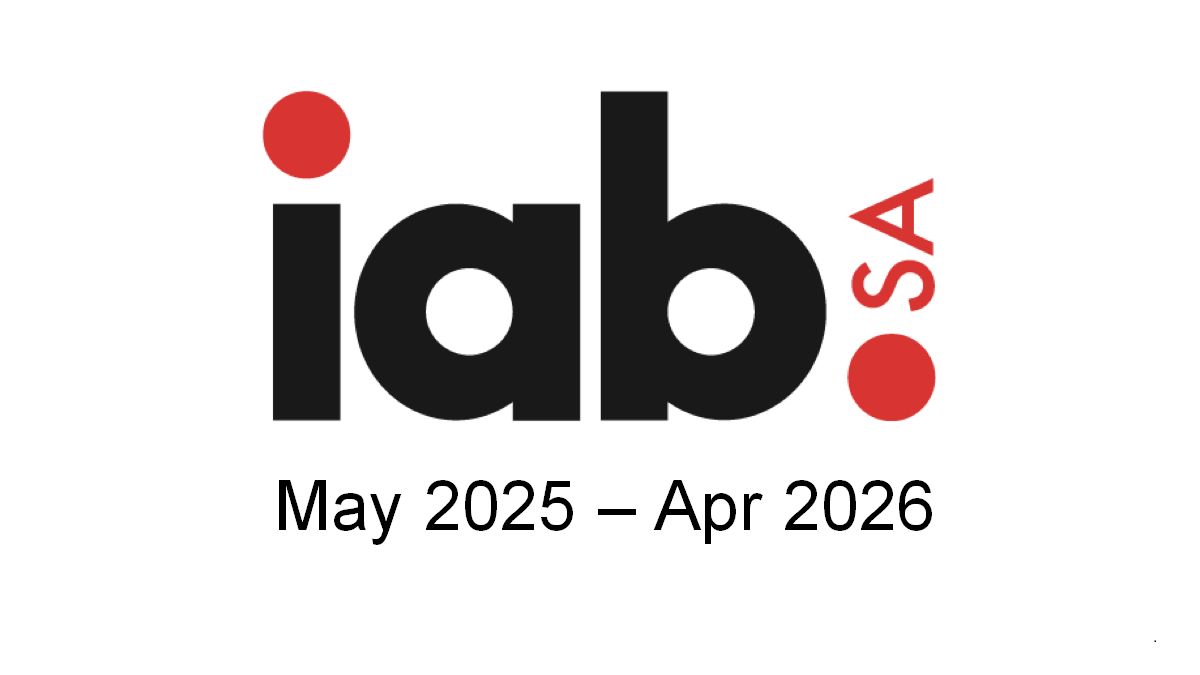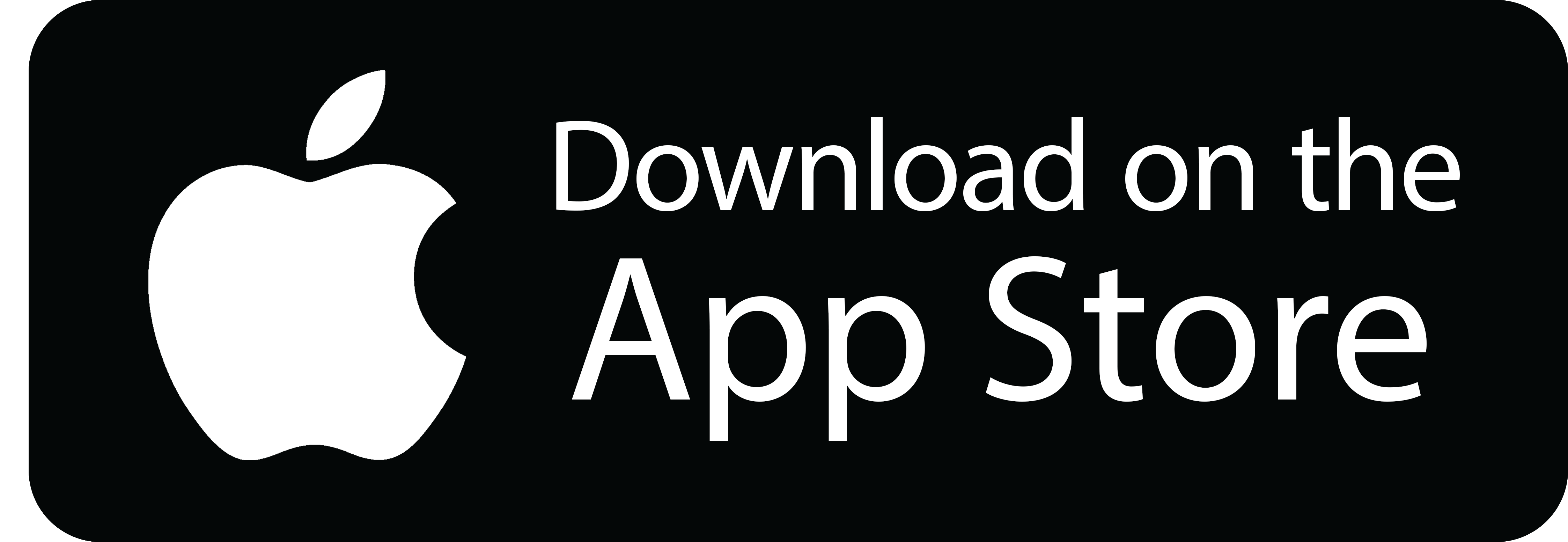In a devastating one-two punch to the South African way of life, the latest Stats SA inflation data has revealed a dual crisis: the sacred braai is under direct economic assault, and the dream of homeownership is being priced out of reach by the very roofs meant to protect it.
The Consumer Price Index (CPI), that dreaded barometer of budgetary pain, has inched up to 3.4%, moving away from the basement of the 3%-6% of the South African Reserve Bank’s target range, and leaving citizens to choose between a decent chop and a decent mortgage.
The statistics, delivered with the grim finality of a load-shedding schedule, reveal a nation at a culinary crossroads. Inflation accelerated in several product categories, particularly in transportation and restaurants and accommodation, while food and non-alcoholic beverages (NAB) presented mixed results.
For NAB, inflation eased to 4.1%, down from 4.9% while in September last year, the number stood at 9.5%. Hot beverage inflation moderated slightly to 9% from 10% in August, significantly lower than the 15.8% recorded a year ago.
The NAB category saw the highest rates for products such as coffee (12.2%), fizzy drinks in cans (7.8%), and black tea (7.1%).
Meat inflation has skyrocketed to a bad-taste-in-the-mouth 11.7%, its highest annual rate since 2018, while the price of stewing beef has undergone a shocking metamorphosis, now costing 32.2% more than it did a year ago. This is effectively transforming this potjie favourite from a family meal into a potential investment asset. Pork and lamb are following suit at an alarming pace, while even the humble chicken, long the bastion of affordability, is flapping desperately against the winds of inflation.
This isn’t just a number on a spreadsheet but a direct threat to our social fabric.
The situation presents a cruel paradox for the average shopper.
While the cost of animal protein reaches for the skies, the dairy and grain aisles offer a strange, limited refuge. Milk, eggs, and white rice have become the unlikely heroes of the hour, their prices falling for the fourth month in a row.
This presents a unique opportunity for South Africans, no longer put off by items of
Chinese origin – substitute braai for fu yong, that Chinese-style omelette.
But the economic indignity does not stop at the butcher’s counter.
The “housing and utilities” category continues its relentless climb, ensuring that the very concept of shelter is becoming as unattainable as an affordable T-bone steak. For many South Africans, the dream is no longer a house with a braai area in the backyard but simply a backyard.
The beverage situation offers little solace. Attempts to wash down one’s economic sorrows are proving costly, with coffee inflation still bubbling at a bitter 12.2% and the fizz in a canned cold drink now accompanied by a 7.8% price hike.
In response to the crisis, Abigail Moyo, spokesperson of the trade union UASA, issued a statement blending grim reality with a sliver of hope.
While acknowledging the painful figures, Moyo expressed a desperate plea to the powers that be.
“UASA is hopeful that the MPC (monetary policy committee) will consider the favourable trends in GDP, the inflation rate, and decreasing fuel prices,” she stated, subtly hinting that a rate cut could be the only thing standing between the nation and a future of vegetarian braais.
These figures have likely dashed any hope of an interest rate cut in November when the MPC next meets.
This means South Africans must brace themselves for a prolonged period of difficult choices: to braai or not to braai? And this meat inflation is threatening to take the festive season out of its traditional ally, December, forcing families to gather around the Christmas dinner table only for fables minus turkey and gammon roast.



